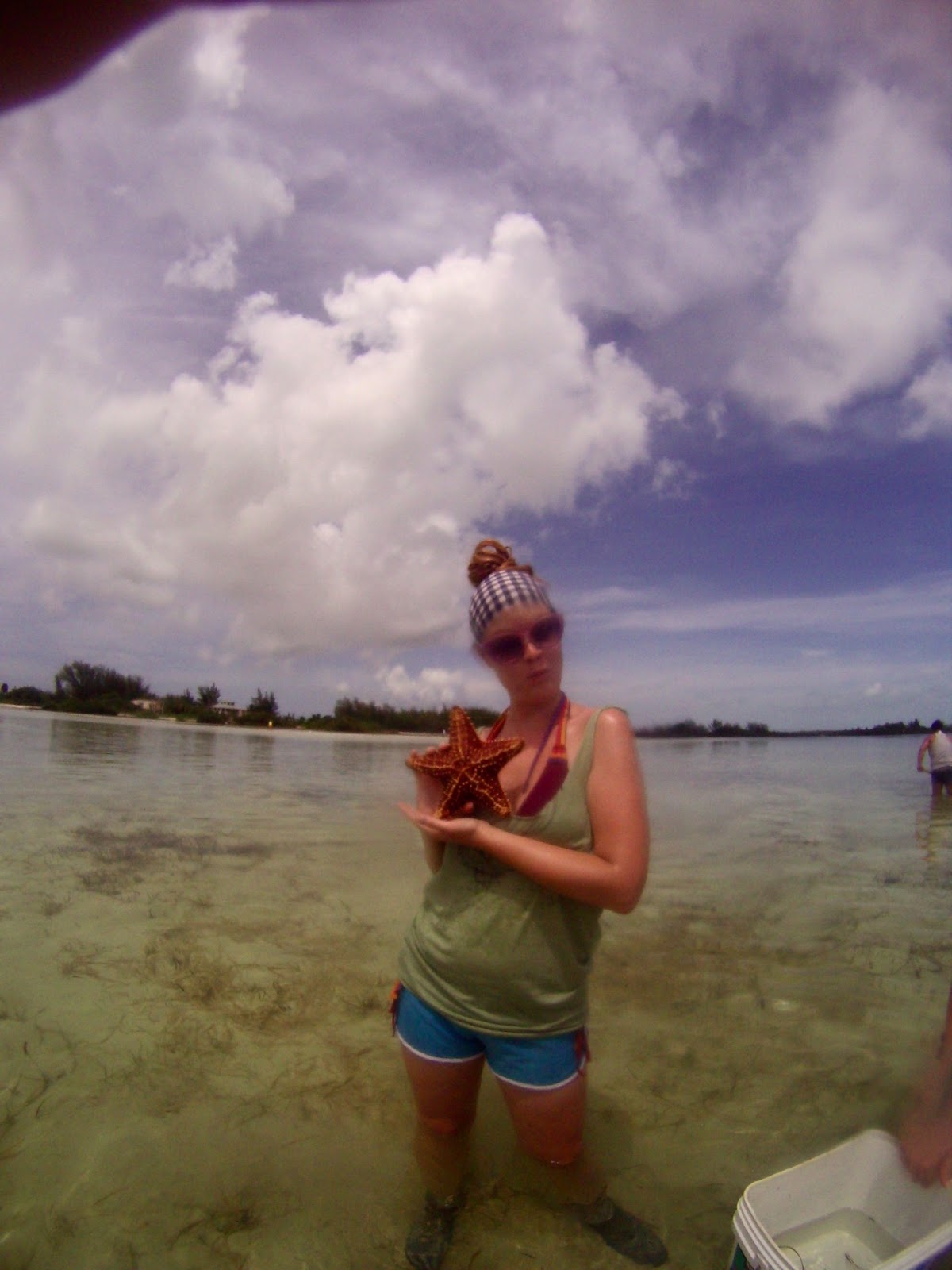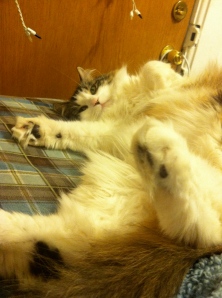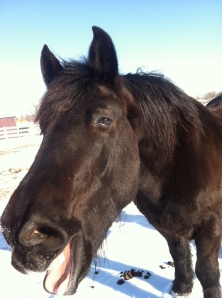Rosy Jones
Exploring the Explored. More.
5.28.2013
5.27.2013
3. Uncomfortable
1. Escalators.
Escalators make me really uncomfortable. I have to stand in front of it for a few steps to by before I can step on it. Which is really annoying for whoever is behind me.
I've had reoccurring nightmares about upside down or straight up escalators for as long as I can remember. The mall of america is a difficult place for me.
2. Being slightly wet.
Only slightly.
Like...damp November wet.
3. Speaking.
In general.
Which is rough for someone who talks a lot.
4. Cat hair in my mouth.
5. Swaying bridges half a mile above a rainforest.
Escalators make me really uncomfortable. I have to stand in front of it for a few steps to by before I can step on it. Which is really annoying for whoever is behind me.
I've had reoccurring nightmares about upside down or straight up escalators for as long as I can remember. The mall of america is a difficult place for me.
2. Being slightly wet.
Only slightly.
Like...damp November wet.
3. Speaking.
In general.
Which is rough for someone who talks a lot.
4. Cat hair in my mouth.
5. Swaying bridges half a mile above a rainforest.
 |
| This is my uncomfortable face. I'm in my happy place. |
Labels:
blog every day in may challenge,
cats,
uncomfortable
5.24.2013
2. A Lesson
OK! So, I'm trying out this whole "blog every day in May shebang. I'm a little late, but whatever.
Without further ado, I am going to discuss something I know a bit about. Today, I was preparing a lecture on intermale interactions between horses, so I'll go with that.
Stallions: have balls
Geldings: have no balls
Cryptorchids: have hidden balls
Simple enough, right?
So, in the wild, herds are made up of 10ish mares with foals, one lead mare who dictates where the herd moves, eats, sleeps, etc., and a single mature stallion, who protects the herd.
Single dudes and yearlings form sweet bro-groups, called bachelor herds.
Stallions usually don't fight to the death, unlike what is portrayed in the media. They usually just display, and one will give up and run away, and the one who stays is the victor.
Here's a sweet video of wild stallions in Assateague, MD.
In captivity, however, if mares are present, stallions WILL fight until someone is seriously injured or dead. This is because space is limited, and they are captive, so the weaker opponent cannot run. Most people do not put out stallions together with mares for this reason. Usually they are in the "harem" structure, or in a dude-herd.
Geldings can usually live together with mares peacefully, my herd has two geldings (one thinks he has balls, he doesn't.) and four mares.
Geldings also really like to play! Interestingly, play fights mimic bachelor play, which is preparation for real fighting. Here's some wisdom from Rick Gore.
So, if you are interested in horse behavior, I would really recommend watching some more of Rick's videos. He is a no BS, straightforward, and succinct guy who really knows what he's talking about. He is also a proponent of natural horsemanship, i.e., having a relationship with your horse instead of beating it into submission.
That was a speed lesson on intermale behavior! I'm going to go do something not horse related now. (who am I trying to kid, no I'm not.)
Without further ado, I am going to discuss something I know a bit about. Today, I was preparing a lecture on intermale interactions between horses, so I'll go with that.
Stallions: have balls
Geldings: have no balls
Cryptorchids: have hidden balls
Simple enough, right?
So, in the wild, herds are made up of 10ish mares with foals, one lead mare who dictates where the herd moves, eats, sleeps, etc., and a single mature stallion, who protects the herd.
Single dudes and yearlings form sweet bro-groups, called bachelor herds.
Stallions usually don't fight to the death, unlike what is portrayed in the media. They usually just display, and one will give up and run away, and the one who stays is the victor.
Here's a sweet video of wild stallions in Assateague, MD.
In captivity, however, if mares are present, stallions WILL fight until someone is seriously injured or dead. This is because space is limited, and they are captive, so the weaker opponent cannot run. Most people do not put out stallions together with mares for this reason. Usually they are in the "harem" structure, or in a dude-herd.
Geldings can usually live together with mares peacefully, my herd has two geldings (one thinks he has balls, he doesn't.) and four mares.
Geldings also really like to play! Interestingly, play fights mimic bachelor play, which is preparation for real fighting. Here's some wisdom from Rick Gore.
So, if you are interested in horse behavior, I would really recommend watching some more of Rick's videos. He is a no BS, straightforward, and succinct guy who really knows what he's talking about. He is also a proponent of natural horsemanship, i.e., having a relationship with your horse instead of beating it into submission.
That was a speed lesson on intermale behavior! I'm going to go do something not horse related now. (who am I trying to kid, no I'm not.)
5.22.2013
1. Life Story in a Nutshell
My name is Casey.
I'm a born n' raised Minnesotan. No, you don't get used to the cold.
I've never lived anywhere longer than two years.
Currently, I have two cats living with me, and a dog brother at Mother's house.
Last summer I went to the Shark Lab in Bimini, which was super awesome. I even got to hug a 10 foot tiger shark!
I'm studying animal behavior, with luck, veterinary medicine in the future.
I've changed my major 5 times.
I work at a barn, which is a pretty sweet gig. At present, I care for the horses (9 of them!), ride, do summer camp for 9-14 year olds (ack...), and TA two classes. I'm also helping my boss design a course on horse behavior!
I really enjoy teaching, which is not something I've every really considered as a career path. Problem is, I'm incredibly awkward. Luckily, college students are more forgiving in this respect. Lots of laughing and awkward jokes.
I also mumble. I'm working on it.
Labels:
animal behavior,
blog every day in may challenge,
pets,
sharks,
teaching
Subscribe to:
Comments (Atom)













